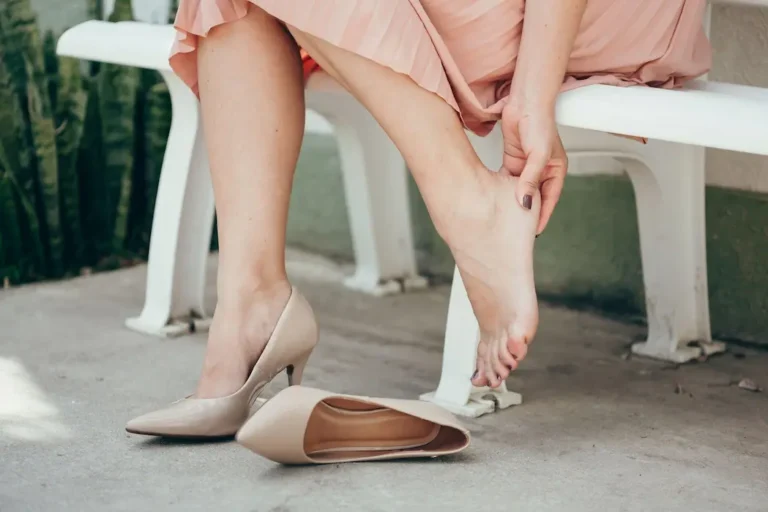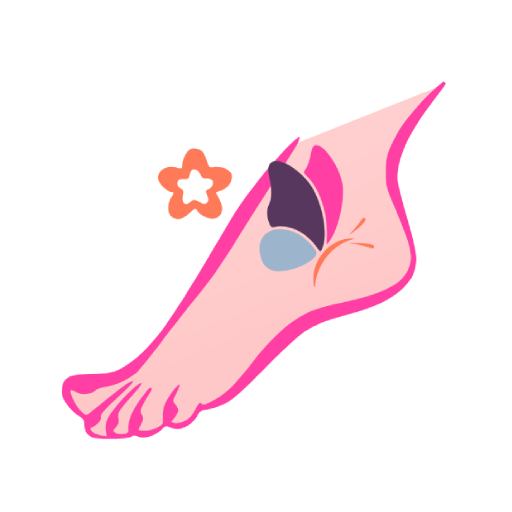Regarding health, our feet often take a backseat in our minds. We tend to focus on more visible parts of our body, neglecting the importance of foot health until discomfort strikes. However, early-stage arthritis in the feet is a condition that should not be overlooked.
What is Arthritis?
Arthritis is a broad term encompassing various joint disorders characterized by inflammation, pain, and stiffness. It can affect any joint in the body, including the feet. The most common type of arthritis that affects the feet is osteoarthritis.
Recognizing Early Stage Arthritis
Understanding Osteoarthritis
Osteoarthritis, or degenerative joint disease, is the most prevalent form of arthritis. It occurs when the protective cartilage that cushions the ends of your bones wears down over time. This can happen in any joint, but it often affects the feet due to the constant pressure they endure.
Common Symptoms
Swelling and Pain
One of the initial signs of Rheumatoid Arthritis in the feet is swelling and pain in the affected joints. This discomfort can be particularly pronounced during the morning or after periods of inactivity.
Stiffness
Patients with early-stage RA may experience stiffness in their feet, making walking or engaging in daily activities difficult. This stiffness typically lasts for at least an hour in the morning.

Warmth and Redness
Inflamed joints often feel warm to the touch and may appear red. This is a visible indicator of the body’s immune response attacking the joint lining.
Fatigue
Fatigue is a common symptom of RA. It can make even simple tasks, like standing or walking, feel exhausting for those with the condition.
Early Stage Psoriatic Arthritis in Feet Pictures

Early Stage Arthritis in Feet Treatment
If you suspect you have Rheumatoid Arthritis in your feet, the first step is to consult a rheumatologist. They will conduct a thorough evaluation, including a physical examination and may order imaging tests.
Blood Tests
Blood tests, including rheumatoid factor and anti-cyclic citrullinated peptide (anti-CCP) antibody tests, can help confirm the diagnosis of RA. Elevated levels of these markers indicate the presence of the disease.
Imaging
X-rays, ultrasounds, or magnetic resonance imaging (MRI) scans may be recommended to assess the extent of joint damage.
Medications
Once diagnosed, treatment often involves a combination of medications to manage symptoms and slow the progression of the disease.
Physical Therapy
Physical therapy can help improve joint function, reduce pain, and prevent deformities in the feet caused by RA.
Lifestyle Modifications
Patients are encouraged to make lifestyle changes, such as maintaining a healthy weight, quitting smoking, and using orthopedic devices like shoe inserts or braces.
Stage 1 Early Rheumatoid Arthritis in Feet
- Stage 1 early rheumatoid arthritis in the feet is characterized by subtle yet significant changes in the joints of the feet and toes.
- During this initial phase of the disease, individuals may experience symptoms such as mild joint pain, stiffness, and swelling.
- These symptoms often manifest symmetrically in both feet, making it challenging for individuals to ignore the discomfort.
- While the impact on daily life may be relatively minor at this stage, early intervention is crucial to prevent the progression of the disease.
- Proper diagnosis and management strategies, including medications, physical therapy, and lifestyle adjustments, can help individuals with stage 1 early rheumatoid arthritis in the feet maintain their mobility and quality of life.

The Importance of Early Detection
Detecting Rheumatoid Arthritis in its early stages is crucial for effective management and improved quality of life. The feet are often one of the first areas to show signs of the disease, making it essential to recognize these indicators.
Managing Early Stage Arthritis
Lifestyle Modifications
- Footwear: Choose comfortable, supportive shoes that reduce stress on your joints.
- Orthotics: Custom orthotic inserts can provide additional support and alleviate discomfort.
- Weight Management: Maintaining a healthy weight reduces stress on your feet.
Medications
- Pain Relievers: Over-the-counter pain relievers like acetaminophen or nonsteroidal anti-inflammatory drugs (NSAIDs) may help manage pain and inflammation.
- Topical Treatments: Creams and ointments containing capsaicin or diclofenac can be applied to the affected area.
Early Stage Arthritis in Feet❤😊https://t.co/R3iz9QT6lo#feet #feetcare #feet beauty pic.twitter.com/MHWoBWbBwr
— Sellfeetpics (@sellfeetpicsco) September 28, 2023
Physical Therapy
Through targeted exercises and techniques, physical therapy can improve joint function and reduce pain.
Surgical Options
In severe cases, surgical interventions such as joint fusion or joint replacement may be considered when conservative treatments are ineffective.
Early Stage Psoriatic Arthritis in Feet
Early-stage psoriatic arthritis in the feet can present as subtle but uncomfortable symptoms that often go unnoticed.
This condition is characterized by the inflammation of the joints and tendons in the feet, typically accompanied by the skin condition psoriasis.
Individuals with early-stage psoriatic arthritis may experience mild stiffness, swelling, and tenderness in the feet and toes, making it challenging to engage in activities that involve walking or standing for extended periods.
Conclusion
Early-stage arthritis in the feet can be a painful and debilitating condition. Still, with early recognition and proper management, individuals can lead active lives without the constraints of foot pain. If you suspect you may have early-stage arthritis in your feet, consult a healthcare professional for a thorough evaluation and personalized treatment plan.
FAQs
Can young people develop early-stage arthritis in their feet?
Yes, while it is more common in older individuals, arthritis can affect people of all ages.
Are there any natural remedies for managing early-stage arthritis in feet?
Some people find relief through natural remedies like hot/cold therapy, turmeric supplements, and gentle foot exercises.
What are the first signs of arthritis in your feet?
The first signs of arthritis in your feet may include mild stiffness, swelling, tenderness, and discomfort in the affected joints.
What is Stage 1 early rheumatoid arthritis in the feet?
Stage 1 early rheumatoid arthritis in the feet typically involves joint inflammation, pain, and morning stiffness. X-rays may not show significant joint damage at this stage.
What are the stages of arthritis in the feet?
The stages of arthritis in the feet can progress from mild symptoms in early stages to severe joint damage in advanced stages, with varying degrees of pain and disability.
How do I treat arthritis in my feet?
Treatment for arthritis in the feet often involves a combination of medication, physical therapy, lifestyle modifications, and sometimes surgery, all tailored to manage pain and inflammation, improve joint function, and enhance overall foot health. It’s essential to consult a healthcare professional for a personalized treatment plan.








